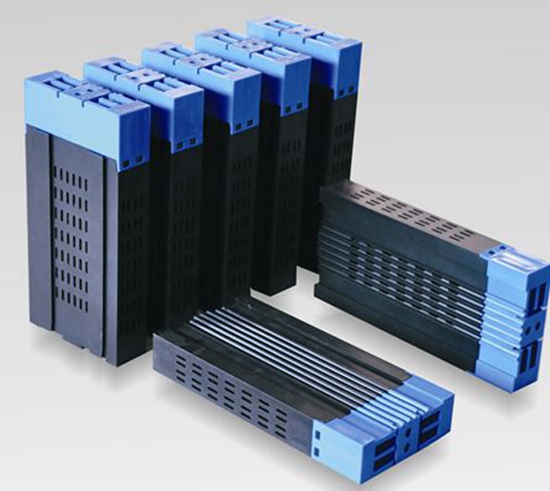- Home
- Products
- Elementary
- Boride Powder
- 3D Printing Powder
- Sulfide Powder
- Oxide Powder
- Carbide powder
- Nitride Powder
- Silicide Powder
- Hydride Powder
- Telluride Powder
- Selenide Powder
- Stearic Acid Series
- Phosphide Powder
- Nanoparticles
- Metal Alloy
- MAX Phase
- Lithium Battery Anode
- Surfactant
- Molecular sieves
- Concrete Admixtures
- News
- Answers
- Contact
- About
Answers
- 0
- 0
What is the lithium Intercalation Mechanism of Graphite?
If you are looking for high-quality products, please feel free to contact us and send an inquiry, email: brad@ihpa.net
Analysts at JPMorgan recommended selling or "underweight" emerging market local currency sovereign debt because of the global impact of the Ukraine-Russia crisis.
JPMorgan estimated that fixed-income assets in emerging markets have lost 6-9 percent of their value since Russia invaded Ukraine a month ago, with nervousness about the war and its impact on global energy and food prices adding to existing pressures.
Some leading emerging market central banks are signaling that interest rates now need to rise faster than previously expected, which fuels fears of "stagflation". Stagflation means when high inflation and higher interest rates undermine economic growth.
With both the U.S. Federal Reserve and emerging market central banks raising interest rates, JPMorgan also said it made sense to "underweight" emerging market assets by taking advantage of the recent pullback in local currency bond yields relative to TREASURIES.
JPMorgan said major metals exporters such as South Africa, Chile, and Peru could still do well, but warned that emerging market fixed income assets now faced a more "stagflationary" trajectory.
The markets and prices of many commodities, metals, chemicals like the Graphite still face uncertainty.
Graphite has good conductivity, high crystallinity, and a well-layered structure. It is very suitable for repeated intercalation and deintercalation of lithium ions. It is currently the most widely used and most mature negative electrode material. After lithium ions are intercalated between the graphite layers, a lithium intercalation compound LixC6 (0≤x≤1) is formed, and the theoretical capacity can reach 372mAh/g (x=1). The reaction formula is: xLi++6C+xe-→LixC6
Lithium-ion intercalation changes the stacking mode between graphite layers from ABAB to AAAA.

Graphite modification treatment
Since the graphite interlayer spacing (d≤0.34nm) is smaller than the crystal plane interlayer spacing (0.37nm) of the graphite lithium intercalation compound LixC6, the graphite layer spacing changes during the charging and discharging process, which is easy to cause the graphite layer to peel off, pulverize, and also occur. Lithium ions and organic solvent molecules co-intercalate into the graphite layer, and the organic solvent decomposes, affecting the battery cycle performance.
Through graphite modification, such as oxidation on the surface of graphite and coating of polymer pyrolytic carbon, composite graphite with a core-shell structure can be formed, improving the charge and discharge performance of graphite and increasing the specific capacity.
Other anode materials
At present, graphite is the mainstream commercial lithium battery negative electrode material. Its theoretical gram capacity is 372mAh/g. The graphite negative electrode material with better performance on the market can reach 360mAh/g, and the gram capacity gradually tends to the limit value. Although graphite as a negative electrode material has disadvantages such as low gram capacity and cycle deviation, because of the high-cost performance of graphite-based negative electrode materials, it will not be replaced by new materials immediately. The specific reasons are as follows:
1. The new anode material technology is immature, and it will take a long time for performance improvement;
2. The price of new anode materials is higher, and the price advantage of graphite anodes is obvious;
3. The negative electrode material needs to be used in combination with the positive electrode material, electrolyte, etc., and the specific capacity of the current positive electrode material is generally low.
High-quality graphite supplier
Luoyang Moon & Star New Energy Technology Co., LTD, founded on October 17, 2008, is a high-tech enterprise committed to developing, producing, processing, selling, and technical services of lithium-ion battery anode materials. After more than 10 years of development, the company has gradually developed into a diversified product structure with natural graphite, artificial graphite, composite graphite, intermediate phase, and other negative materials (silicon-carbon materials, etc.). The products are widely used in high-end lithium-ion digital power and energy storage batteries. If you are looking for Lithium battery anode material, click on the needed products and send us an inquiry:sales@graphite-corp.com
Gas supplies have been in short supply because of the conflict between Russia and Ukraine. Combined with the situation that other renewable sources cannot produce enough electricity, electricity prices have soared in many parts all over the world. For this reason, I assume the supply and prices of the Graphite would keep being influenced by the high energy prices.
Inquiry us
PREVIOUS NEWS